Charitable Pharmacies of America organization member receives Health Equity grant
Related Posts

Today’s release of new 2020 Census data provides population counts of nearly 1,500 race and ethnicity groups and American Indian and Alaska Native (AIAN) tribes and villages.

Using Public Health Detailing to Increase Access and Confidence in COVID-19 Vaccines and Reinvest in Disproportionately Impacted NYC Communities Go…
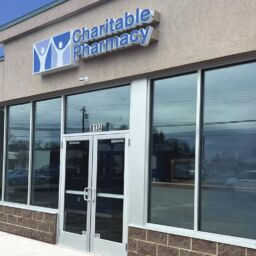
One in four Americans say they struggle to afford their prescription medications. The establishment of this Charitable Pharmacy in Milford will allow patients who live east of Cincinnati better access to care.

How is a charitable pharmacy different from other types of pharmacies?
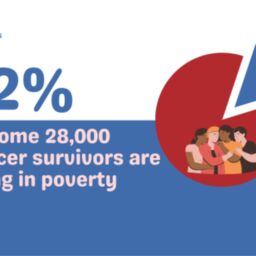
An opportunity for charitable pharmacies to collaborate with oncology practices for non-oncology medications during and after treatment.
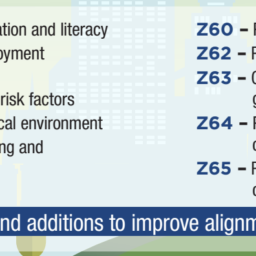
Charitable Pharmacies of America organization member receives Health Equity grant

Recent federal legislative and regulatory updates in managed care pharmacy have prioritized topics ranging from expedited access to novel therapeutics to the health disparities and equity concerns affecting patient populations nationwide, but progress on these developments will depend on the impact of the midterm elections

The five most recent states to expand the scope of reimbursement for pharmacists are Maryland, Missouri, North Dakota, Virginia and Wyoming

Three Healthcare Organizations Join Forces to Save Lives
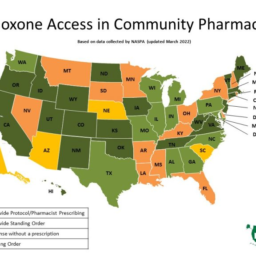
In 2011, the opioid crisis reached astounding levels with over 21,000 deaths adding to the urgency of providing aid to those who most need it

St. Vincent de Paul Charitable Pharmacy offers article regarding impact of a charitable pharmacy on their community and patients

Uninsured adults and those in worse health continue to report higher rates of not getting care due to costs
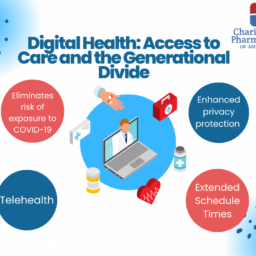
Just as banks have helped seniors bridge the digital divide and leverage online banking to better manage their money, healthcare organizations need to help older adults leverage digital technology to better manage their health.
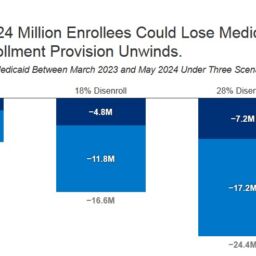
How Many People Might Lose Medicaid When States Unwind Continuous Enrollment?

Starting Sept. 25, Americans can again order free COVID-19 tests through the federal government.

